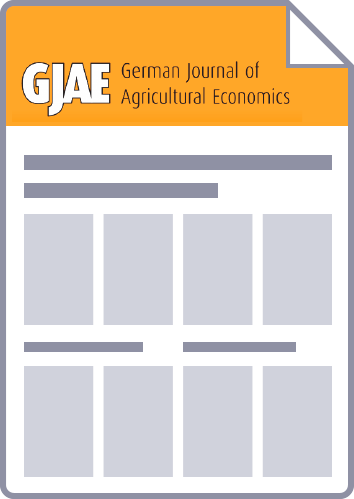To date, the process of conversion to organic farming has been analysed as a choice between only two alternatives, conventional versus organic farming. However, the conversion process in the EU is a two-tier decision, which brings the possibility of a nested structure between mixed and organic farming. In the context of Sweden, where the conversion investment is flexible, we attempted to identify economic determinants of the organic conversion process. For that purpose, we applied the nested Logit random utility maximisation (NLRUM) model to data from the Swedish farm accounting data network for 2002-2012. The analysis showed that milk prices, milk yield and environmental support payments play a significant role in the organic conversion process. As expected, a decrease in conventional milk prices would induce conventional farms to convert to organic production. The scale of conversion to organic farming was more pronounced among dairy farms located in regions with higher environmental support payments, and in regions endowed with more pasture land and leys.


